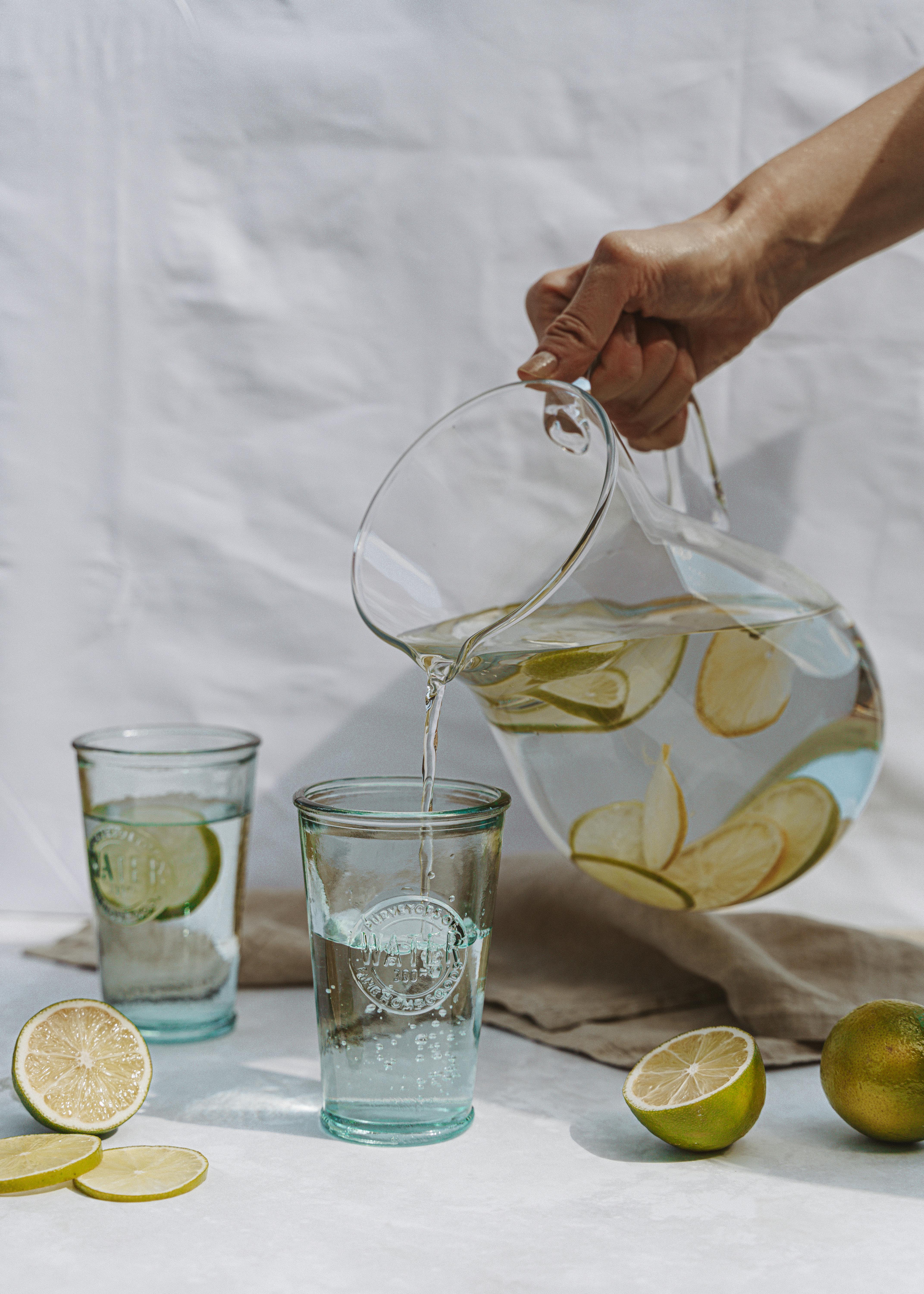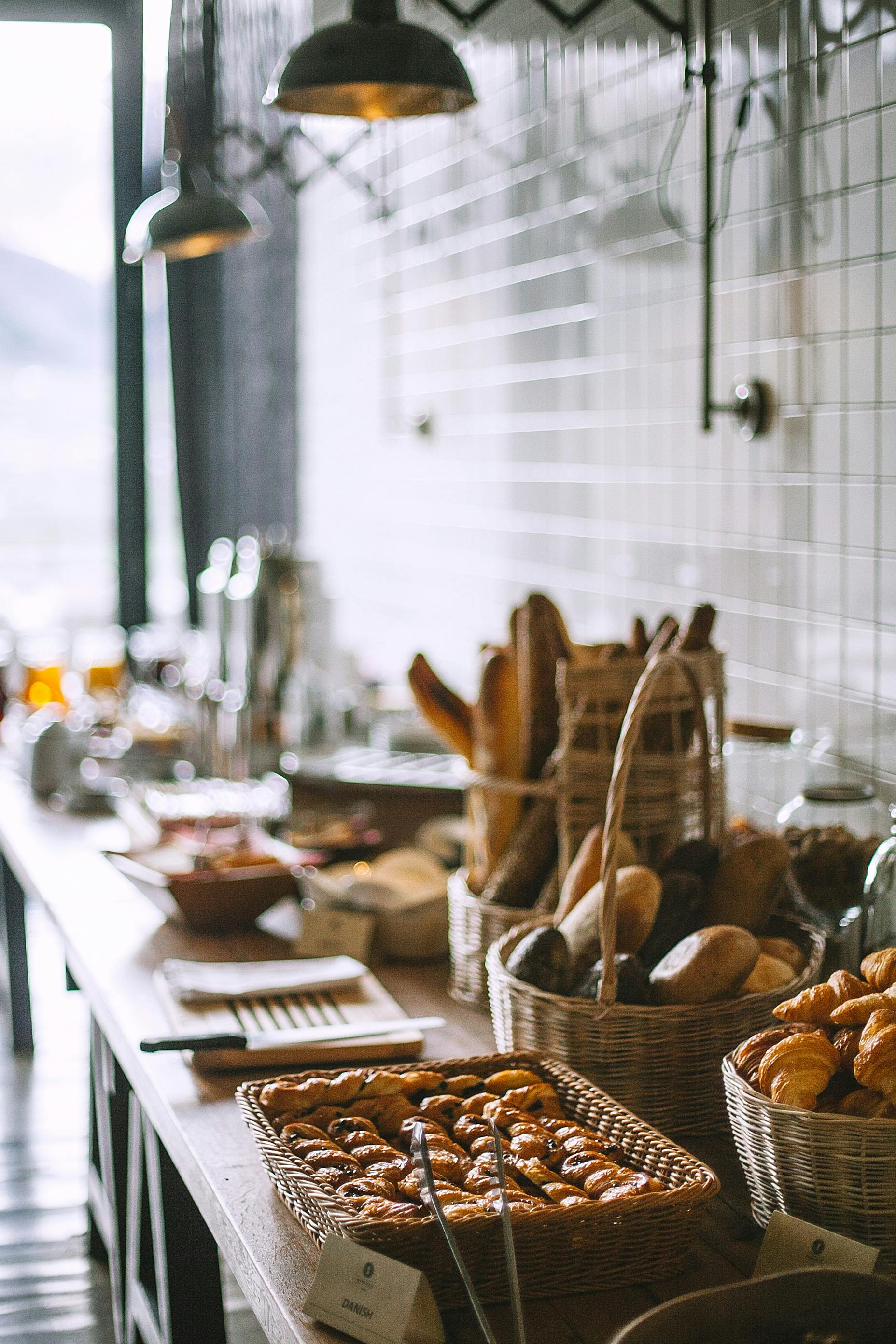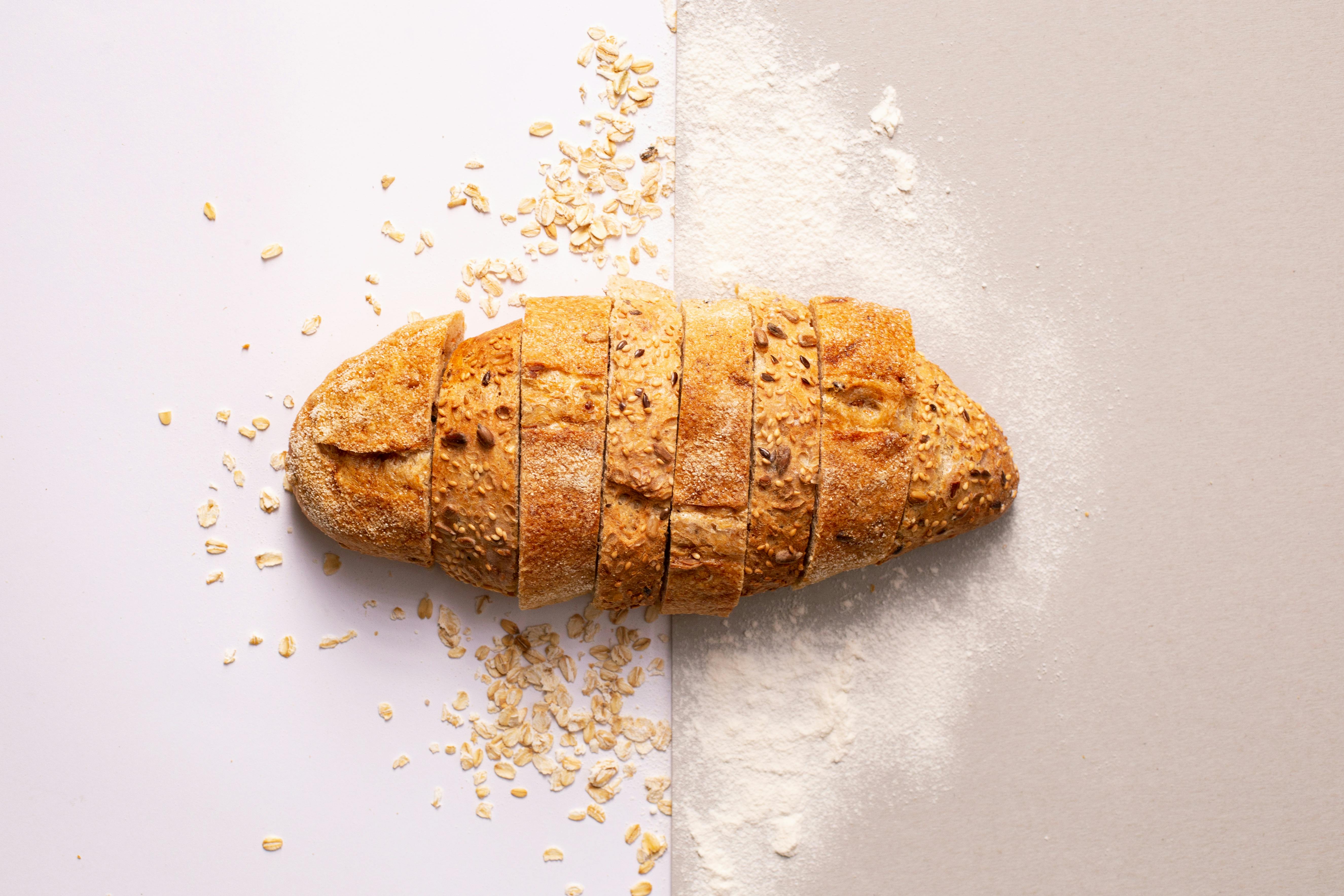If you’re searching for a delicious breakfast treat that will melt in your mouth, then this homemade crepe recipe is perfect for you! These easy homemade crepes are tender, thin, and buttery, making them absolutely delightful to enjoy. You can easily make them in a blender or mix the batter by hand, and you don’t even need a special skillet. The best part is that crepes can be filled with both savory and sweet fillings, making them a versatile option for any meal of the day. Whether you prefer them with some whipped cream and berries or wrapped around a savory chicken salad filling, these crepes are sure to elevate any dish. While a crepe pan can be handy, it’s not necessary, so you can easily whip up these mouthwatering crepes using items you already have in your kitchen. So let’s get started and make these amazing homemade crepes to share with your family and friends!
How to Make Crepes: A Comprehensive Guide
Are you looking for a melt-in-your-mouth breakfast treat? Look no further than this easy homemade crepe recipe! These tender, thin, and buttery delights can be made in a blender or by hand, and you don’t even need a special skillet. Whether you prefer savory or sweet fillings, crepes are a versatile recipe that can be enjoyed for breakfast, lunch, or dessert. From whipped cream and berries to chocolate ganache, there are endless possibilities to elevate your crepe experience. And don’t worry if you don’t have a crepe pan – you can still create delicious crepes at home with the tools you already have. So, let’s get started on making the perfect crepes in your own kitchen!
Ingredients
To make the perfect crepes, you’ll need the following ingredients:
- Flour
- Milk
- Butter
- Sugar
- Vanilla
- Salt
- Eggs
Preparing the Batter
Before we dive into making the crepes, let’s talk about how to prepare the perfect batter.
Measuring the flour
To start, measure one cup or 120 grams of flour. It’s crucial to use the correct amount of flour to achieve a light and fluffy texture. Adding too much flour can result in dense crepes that are less than perfect.
Mixing the ingredients
Next, it’s time to mix the ingredients. Place the measured flour, three-quarters of a cup of whole milk, three tablespoons of melted butter, one tablespoon of sugar, a teaspoon of vanilla, and a quarter teaspoon of salt into your blender. Blend the mixture for about 30 seconds until it is smooth and well combined. If you don’t have a blender, you can also use a food processor or whisk the ingredients by hand. The key is to ensure that the batter is smooth and free of lumps.
Resting the batter
Once your batter is ready, transfer it into a bowl and let it rest. If you’re planning to make crepes in the morning, it’s a good idea to prepare the batter the night before and let it chill in the fridge. Resting the batter allows the flavors to develop and gives the gluten in the flour time to relax, resulting in tender crepes. The batter can be kept in the fridge for up to 48 hours.

Making the Crepes
Now that your batter is rested, it’s time to make the crepes! Let’s go through the step-by-step process.
Gathering crepe paraphernalia
Before you start cooking, gather your crepe paraphernalia. While these tools are optional, they can make the process easier. You’ll need a crepe pan – a flat, non-stick pan is ideal, but a regular non-stick pan will work just fine. Additionally, a crepe knife and spreader are useful for spreading the batter into a paper-thin layer and lifting the cooked crepes.
Heating the pan
Heat your pan over medium heat. To ensure the crepes cook evenly and don’t stick, melt three to four tablespoons of butter in a small bowl. Liberally and frequently brush the pan with melted butter. The butter not only prevents sticking but also adds flavor to the crepes.
Pouring and spreading the batter
Now it’s time to pour and spread the batter. Measure about a quarter of a cup or 60 ml of your rested batter and pour it onto the heated pan. Immediately use the crepe spreader or the back of a spoon to gently spread the batter into a thin, even layer. The goal is to create a crepe that is paper-thin and evenly cooked.
Cooking the crepe
Keep an eye on the crepe as it cooks. You’ll notice that the batter will lose its shine as it cooks. This is an indication that the crepe is no longer a liquid and is ready to be flipped. Depending on your pan’s heat, the first side should cook in about 60 seconds. Once the crepe is ready, use the crepe knife to lift it off the pan.
Lifting the crepe
Using the crepe knife, carefully lift the cooked crepe from the pan. Be confident in your movements to prevent tearing. If your first crepe isn’t perfect, don’t worry! It’s common for the first crepe to be a learning experience. You can either fold it up to hide any imperfections or enjoy it as a taste test.
Adjusting the Temperature
Temperature plays a crucial role in crepe-making. Proper temperature control ensures that your crepes cook evenly and to perfection.
Importance of temperature
Maintaining the right temperature while cooking crepes is essential for achieving the desired texture. If the heat is too high, the crepes may brown too quickly and become crispy. On the other hand, if the heat is too low, the crepes may be pale and undercooked. It’s important to find the sweet spot where the crepes cook evenly and have a beautiful golden color.
How to adjust the temperature
If you find that your crepes are cooking too quickly or not browning enough, you can adjust the temperature accordingly. Lower the heat if the crepes are browning too quickly, and increase the heat if they’re cooking too slowly. It may take a few trial and error attempts to find the ideal temperature for your specific pan and stove, but with practice, you’ll become a crepe-making expert.

Assembling the Crepes
Now that you have a stack of delicious crepes, it’s time to assemble them into beautiful and mouth-watering treats.
Folding in quarters
The easiest way to assemble crepes is to fold them in quarters. This creates an elegant presentation and makes them easy to hold and eat. Simply take one crepe, fold it in half, and then fold it in half again to form a triangle.
Stacking the crepes
Once you’ve folded the crepes in quarters, stack them on a plate or serving platter. The stack of crepes creates an impressive display that is sure to wow your guests.
Dusting with powdered sugar
To add a finishing touch, dust the stack of crepes with powdered sugar. This not only adds a touch of sweetness but also provides an aesthetic appeal.
Alternative Crepe Fillings
While crepes are delightful on their own, you can take them to the next level by adding various fillings and toppings. Here are a few delicious options to consider:
Adding whipped cream
For a classic sweet crepe, add a dollop of whipped cream to the center of the crepe before folding it. The creamy filling pairs perfectly with the delicate crepe texture.
Adding berries
To add a burst of freshness and vibrant flavors, toss some berries onto the whipped cream or directly onto the crepe. Strawberries, raspberries, blueberries, or a mix of all three make for a delightful filling.
Adding bananas
For a creamy and slightly caramelized filling, add slices of ripe banana to your crepes. The combination of bananas and crepes is a match made in heaven.
Adding chocolate ganache
Indulge your sweet tooth by spooning some luscious chocolate ganache onto the crepes. The rich and silky chocolate adds a decadent touch that will have you coming back for more.

Finishing Touches
To truly elevate your crepe experience, consider adding a few finishing touches.
Adding a zest of orange
To brighten up the flavors, grate a bit of orange zest over the crepes. The citrusy aroma and taste will add a refreshing twist to your crepes.
Combining flavors
Feel free to experiment with different combinations of fillings. For example, combining whipped cream, berries, and chocolate ganache can create a heavenly flavor explosion.
Breakfast playlist recommendation
To make your crepe-making experience even more enjoyable, consider playing your favorite breakfast playlist in the background. The right tunes can set the mood and make the process even more fun!
Conclusion
With this comprehensive guide, you’re now equipped to make delicious homemade crepes that will impress your family and friends. From preparing the batter to cooking the crepes and assembling them with your choice of fillings, every step is covered. Remember, practice makes perfect, so don’t be discouraged if your first few crepes aren’t flawless. Embrace the learning process, and soon you’ll be making crepes like a pro. Whether you prefer sweet or savory, crepes are a versatile recipe that can be enjoyed at any time of the day. So gather your ingredients, heat up your pan, and get ready to indulge in the magic of homemade crepes.

